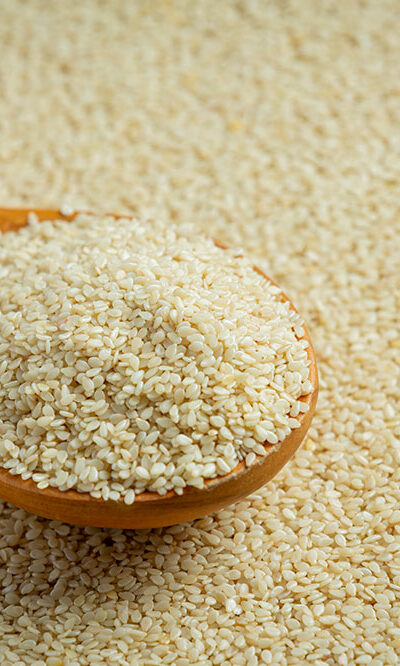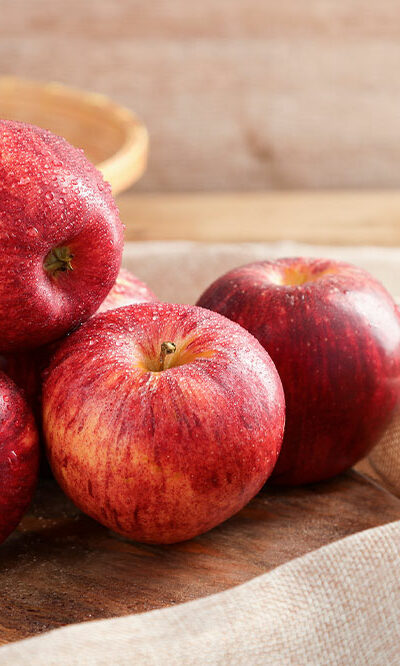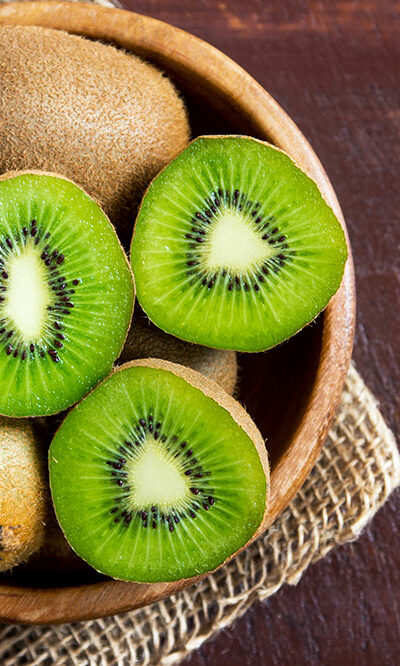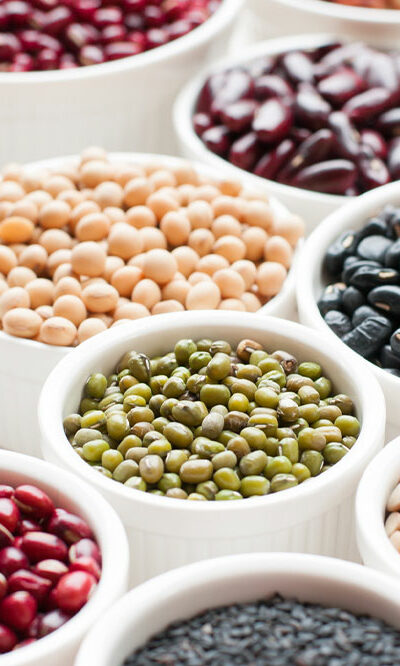
Enlarged prostate: 5 foods that help improve the symptoms
The prostate is a small, rubbery gland in the male reproductive system that produces seminal fluid. The seminal fluid mixes with the sperm from the testes and helps it travel and survive. An enlarged prostate (benign prostatic hyperplasia (BPH)) is a common condition where the prostate obstructs the urethra and affects urine flow from the bladder. This article has listed five foods and treatments to help treat and manage an enlarged prostate. Sesame seeds Sesame seeds, almonds, and pumpkin seeds contain good levels of zinc that get absorbed by the body. Since people affected by BPH have lower zinc levels, this food can help replenish the mineral. Tomatoes Tomatoes are rich in lycopene, a powerful antioxidant that helps reduce the risk of BPH. Eating cooked tomatoes is known to curb the symptoms of an enlarged prostate and reduce any prostatic inflammation. Consume lycopene-rich foods with healthy fats to enhance their healing effects. Salmon Salmon is rich in omega-3 fatty acids, healthy fats praised for their inflammation-reducing properties. Other fish include tuna and mackerel, which are also efficient omega-3 sources. Vegetables Leafy vegetables are rich in antioxidants and minerals required for the body to function properly. Add veggies like bell peppers, onions, spinach, garlic, and broccoli to your meals for a healthier prostate. Berries Berries like blueberries, strawberries, and raspberries possess high levels of antioxidants. These properties protect the body against oxidative damage and fight free radicals, thus protecting the prostate from potential illness. Treatments Other than the foods mentioned above, one can even try out these prescriptions and supplements to reduce BPH symptoms. Prosvent Prostate This treatment is made from natural ingredients such as pumpkin seed oil and saw palmetto. With 60 capsules in a bottle, it promotes a healthy prostate and bladder function. It also helps improve the person’s lifestyle.










